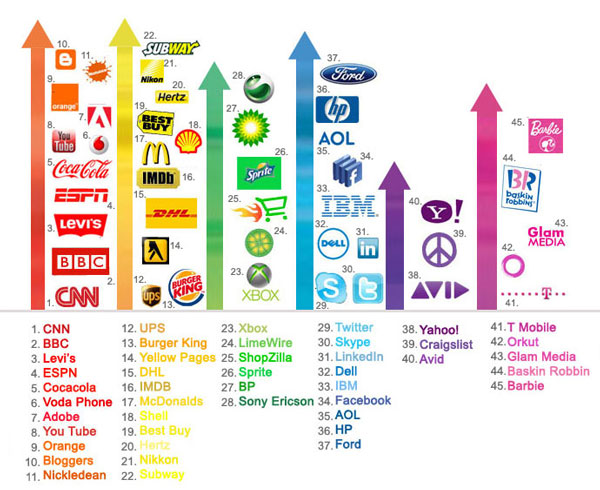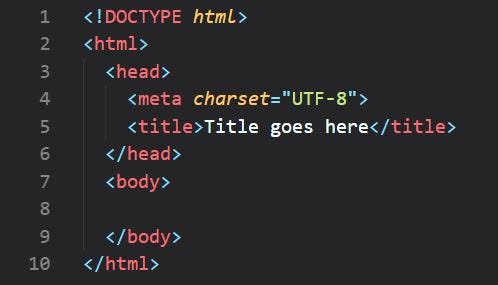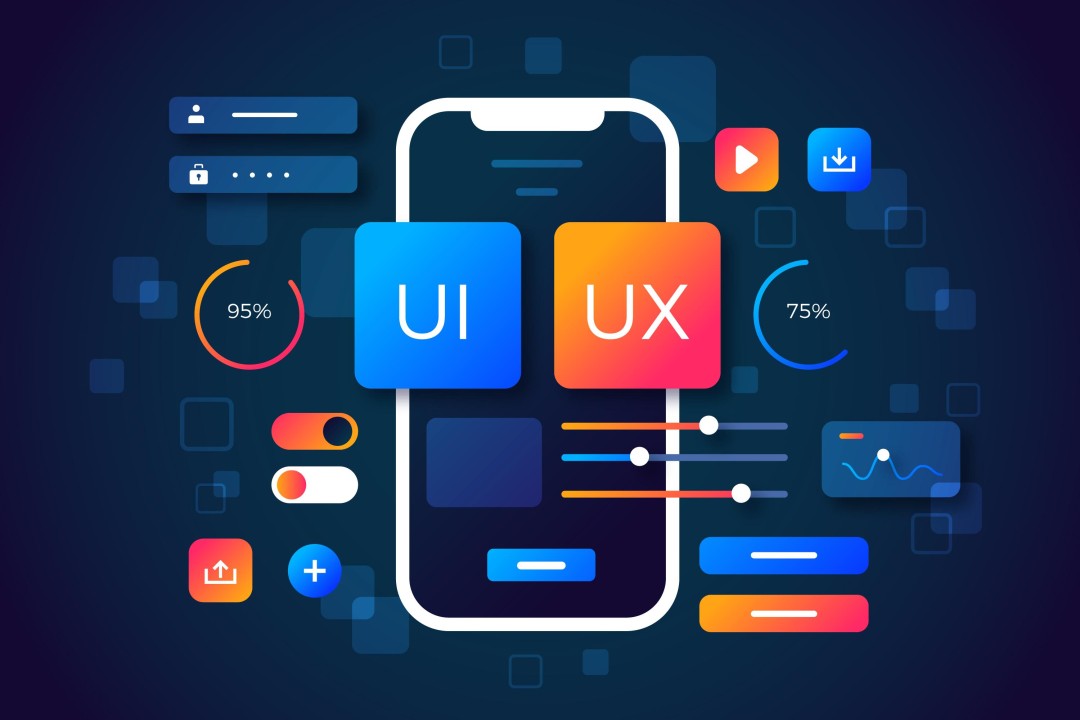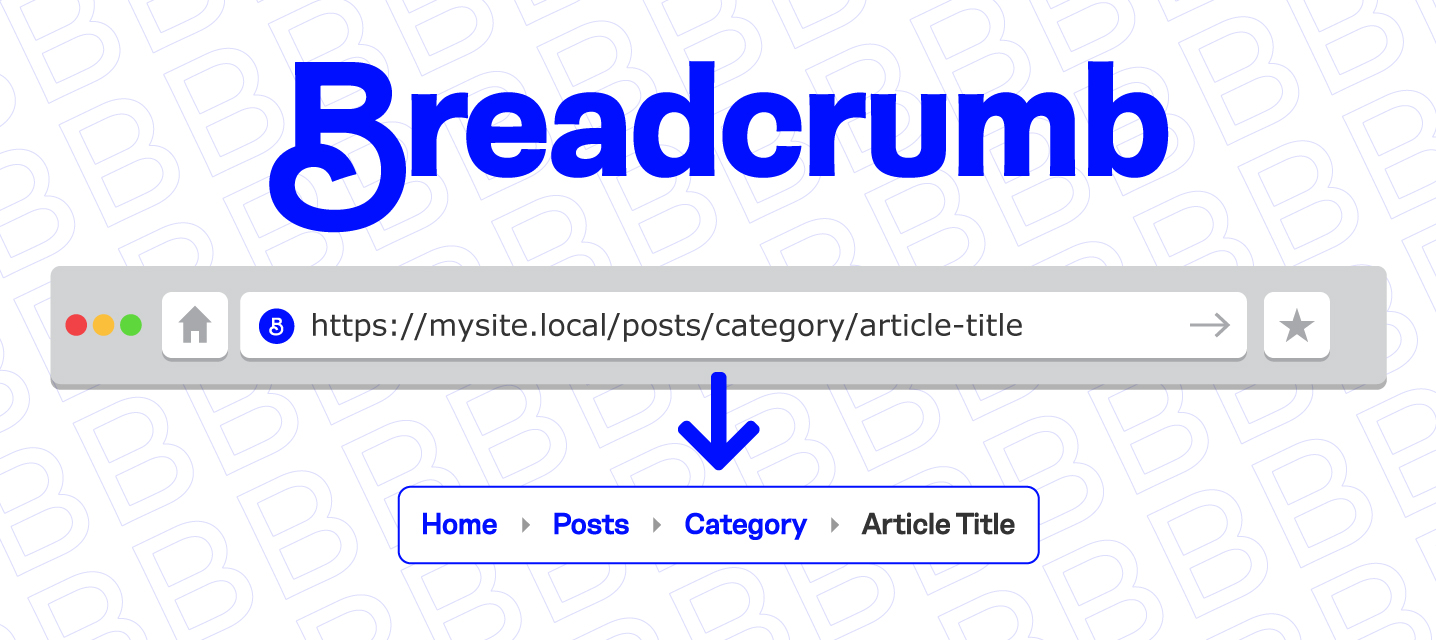UX/UI Design in mobile apps: trends and common mistakes to avoid
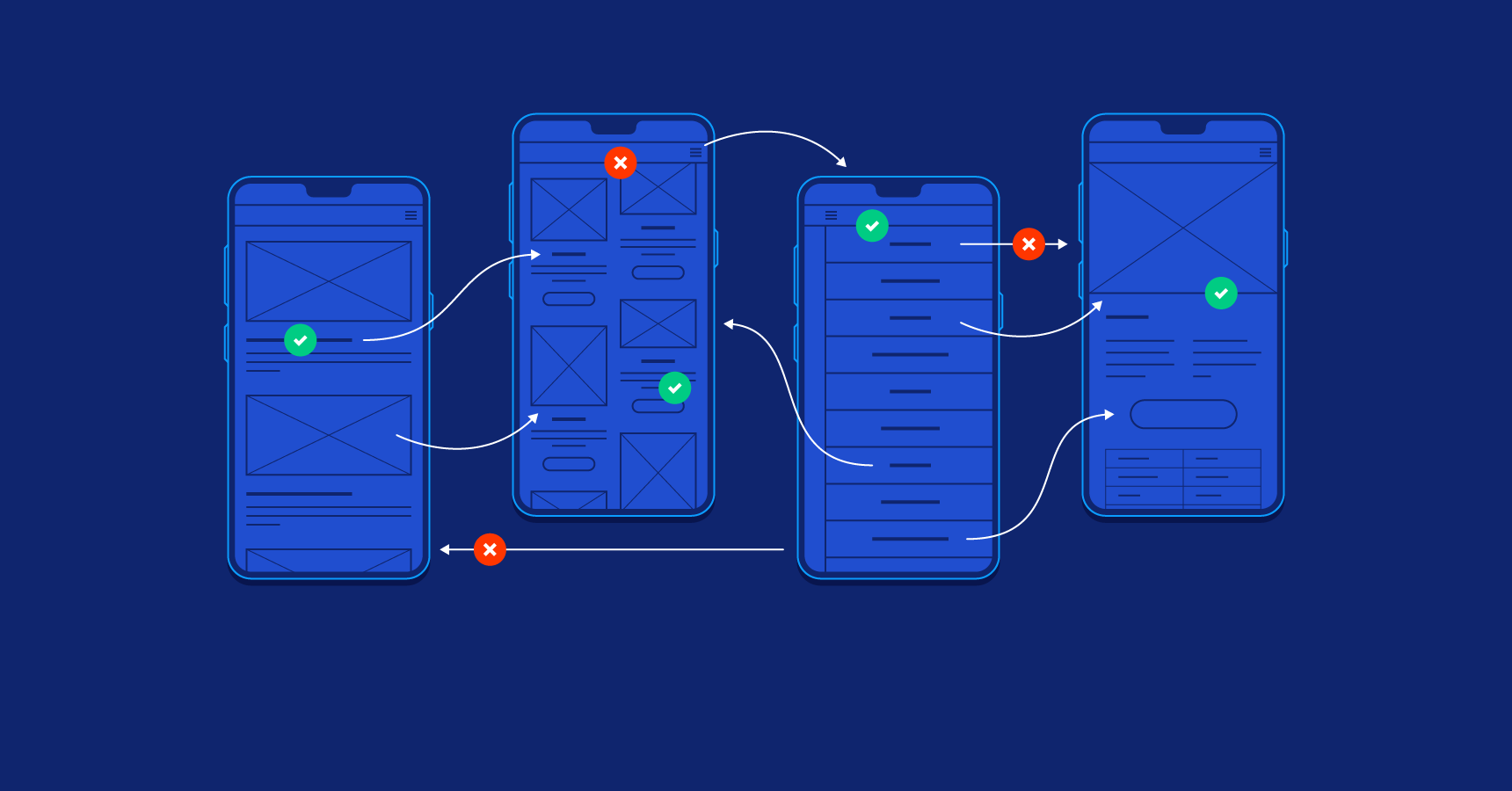
Mobile apps have become an integral part of our daily lives, and staying competitive in this space requires not only technical skills but also a deep understanding of user needs. One of the key factors for an app's success is high-quality UX/UI design. Let’s explore some current trends and mistakes to avoid when designing mobile apps.
Trends in UX/UI Design for Mobile Apps
Minimalism and Simplicity
In recent years, minimalism has become a major trend in interface design. Users appreciate simplicity and ease of navigation, so minimalist interfaces focusing on core functions and user-friendly navigation are becoming more popular. Simplifying the interface also helps improve the app's loading speed, which positively impacts the user experience.Dark Modes
Dark modes have become a standard for most modern apps. They not only look stylish and contemporary but also reduce eye strain in low-light conditions and save battery life on devices with OLED screens.Animations and Microinteractions
Animations and microinteractions make the app's interface more dynamic and interactive. They help users navigate the app more easily, provide hints about available actions, and create a positive impression of the interaction.Voice Interfaces and Assistants
With the rise of voice assistants like Siri, Google Assistant, and Alexa, there is a growing demand for integrating voice interfaces into mobile apps. This allows users to interact with the app more quickly and conveniently, especially for tasks that require multitasking.Accessibility and Inclusive Design
In 2024, inclusive design continues to gain popularity. Designers pay more attention to making interfaces accessible to people with disabilities, including support for screen readers, enlarged text, high-contrast colors, and gesture controls.
Mistakes to Avoid
Overly Complex Navigation
One of the most common drawbacks is complex or unintuitive navigation. Users should be able to easily find the necessary functions and navigate between screens. If users spend too much time searching for information, it can lead to frustration and abandonment of the app.Cluttered Interface
In an attempt to provide maximum functionality, some developers overload the interface with elements. This can confuse users and make it difficult for them to navigate the app. It's important to strike a balance between functionality and simplicity, focusing on key tasks.Low-Quality or Inappropriate Images
Images and graphics play a crucial role in creating a visual perception. Using low-quality or irrelevant images can negatively affect the user's impression of the app. It’s better to use high-quality and thematically appropriate images that support the overall style and concept.Ignoring Accessibility
Neglecting accessibility can limit the use of the app for certain categories of users. For example, small text, low color contrast, or the lack of alternatives for audio and video content can create barriers for people with disabilities.Excessive Animations
Animations can add interactivity and enhance the user experience, but overusing them can cause frustration and slow down the app's performance. It's important to use animations moderately and only where they are truly necessary.Non-Optimized Design for Different Screens
A common mistake is the lack of adaptive design. The app should be equally user-friendly on both small smartphone screens and larger tablet displays. Ignoring this aspect can lead to a poor user experience.Neglecting User Testing
Testing with real users is a crucial step in development. It helps identify issues that were not noticed during the design phase. Ignoring this step can lead to an interface that does not meet the expectations of the target audience.
A high-quality UX/UI design strikes a balance between aesthetics and functionality. By following current trends and avoiding common mistakes, developers can create a mobile app that is not only visually appealing but also user-friendly. Remember, the main priority is the needs of the users, and a successful app is always focused on their experience and comfort.







